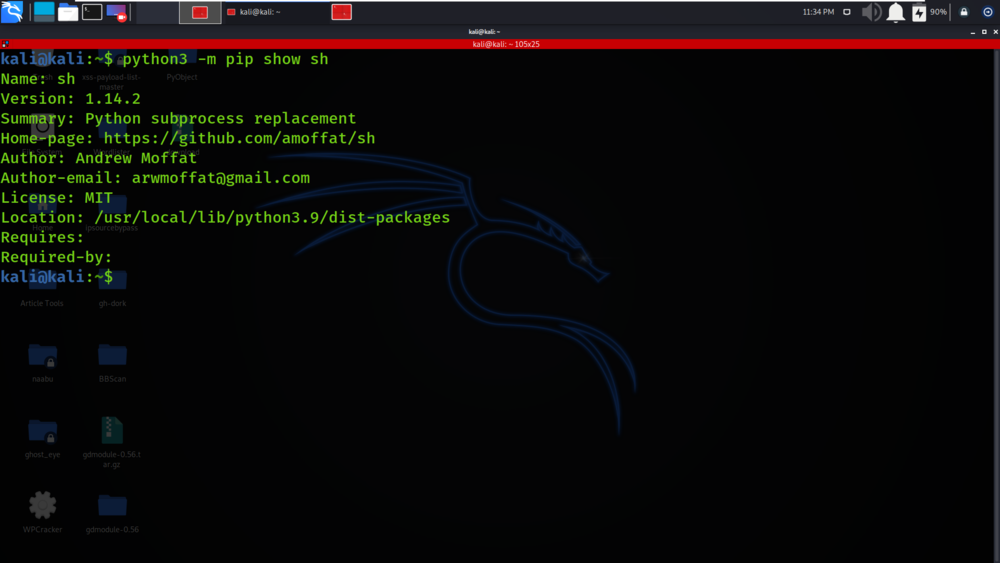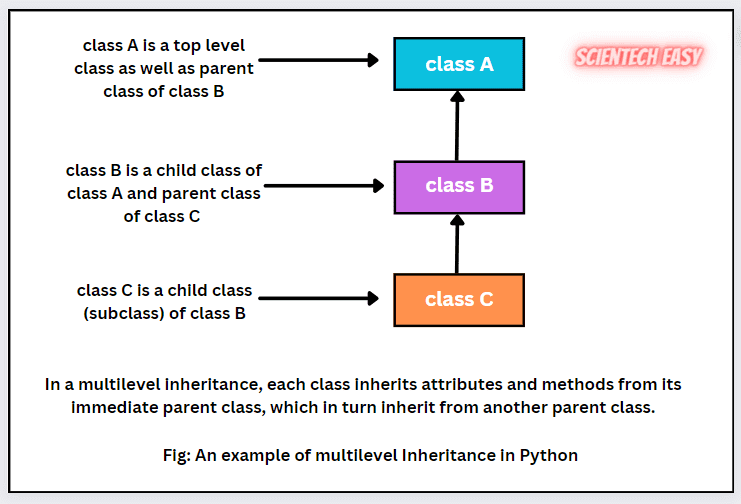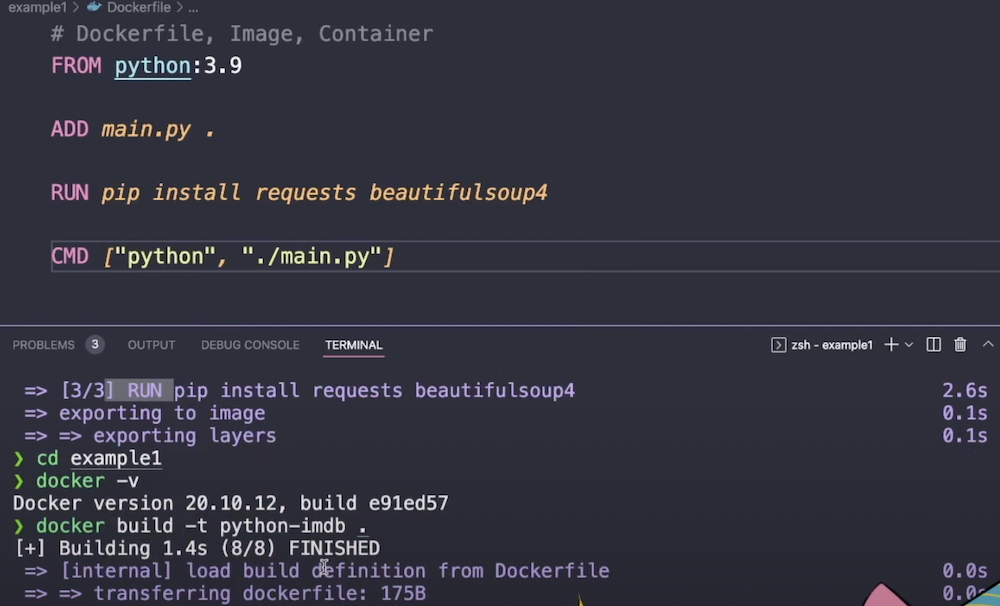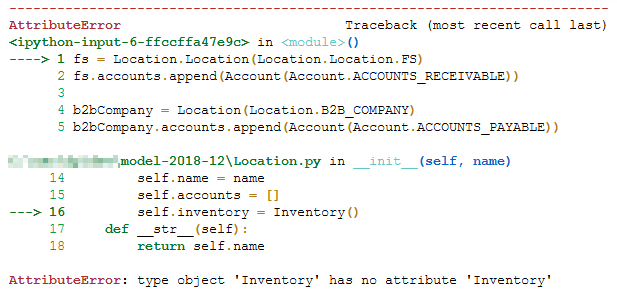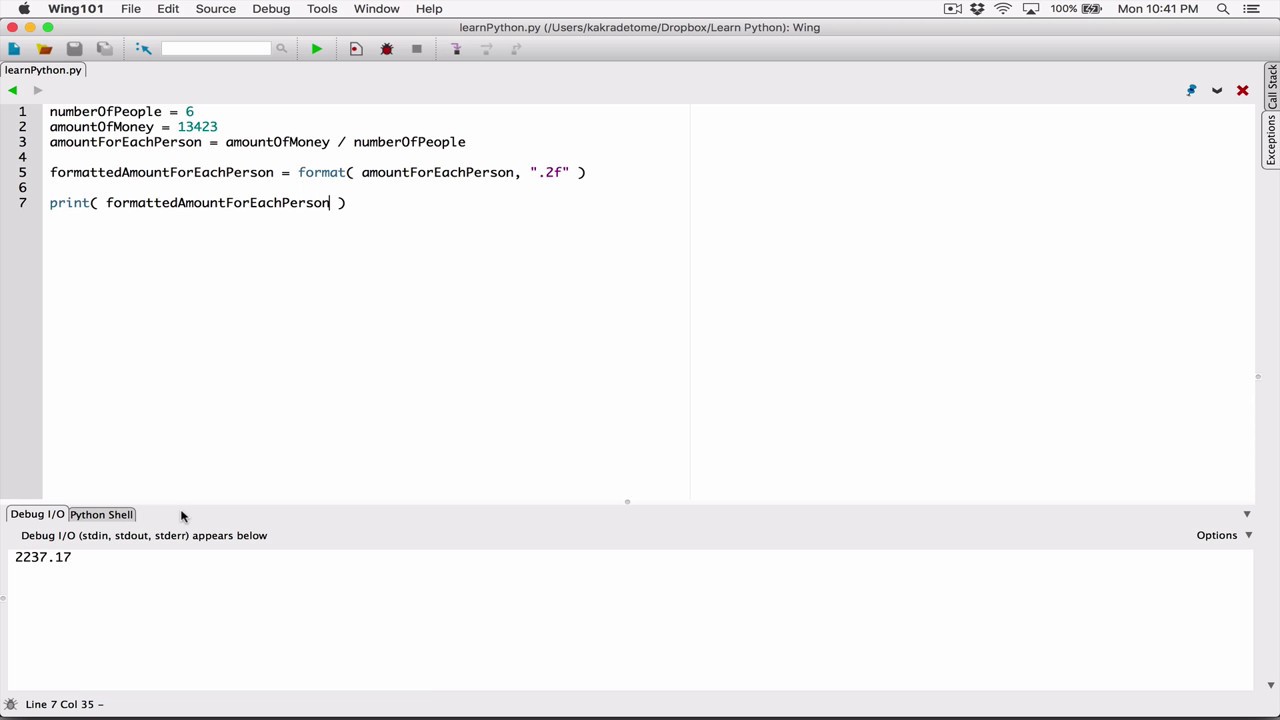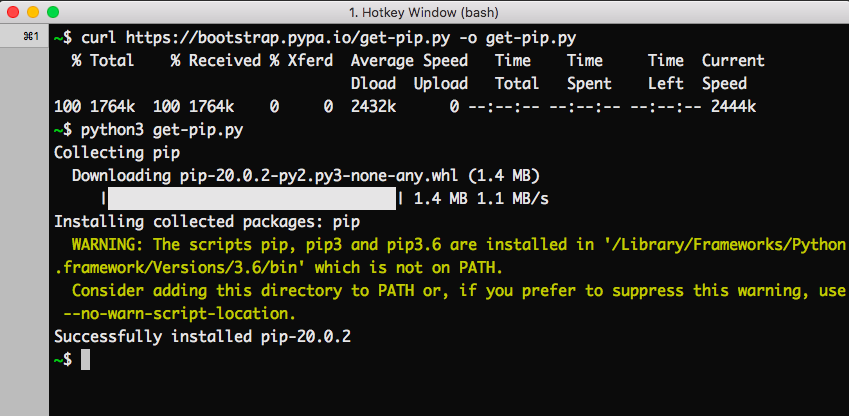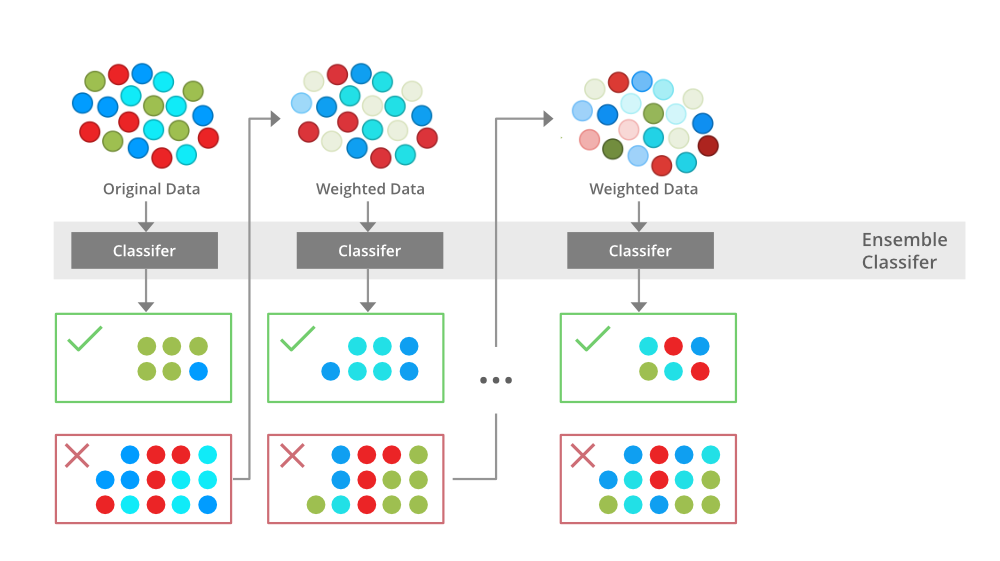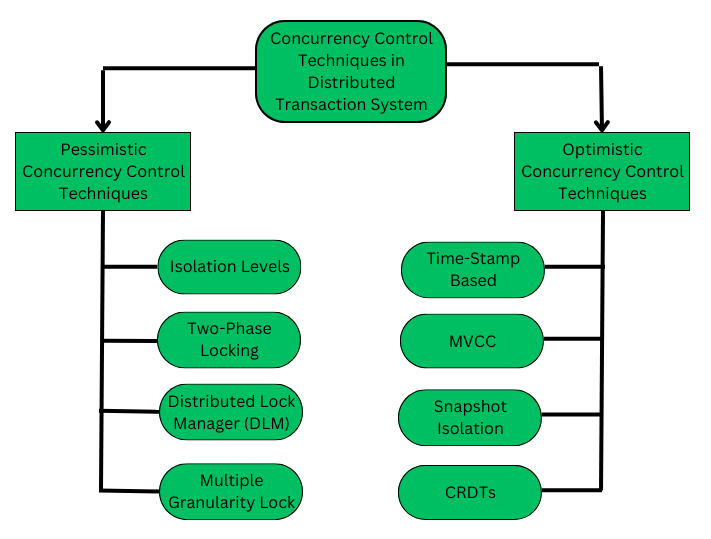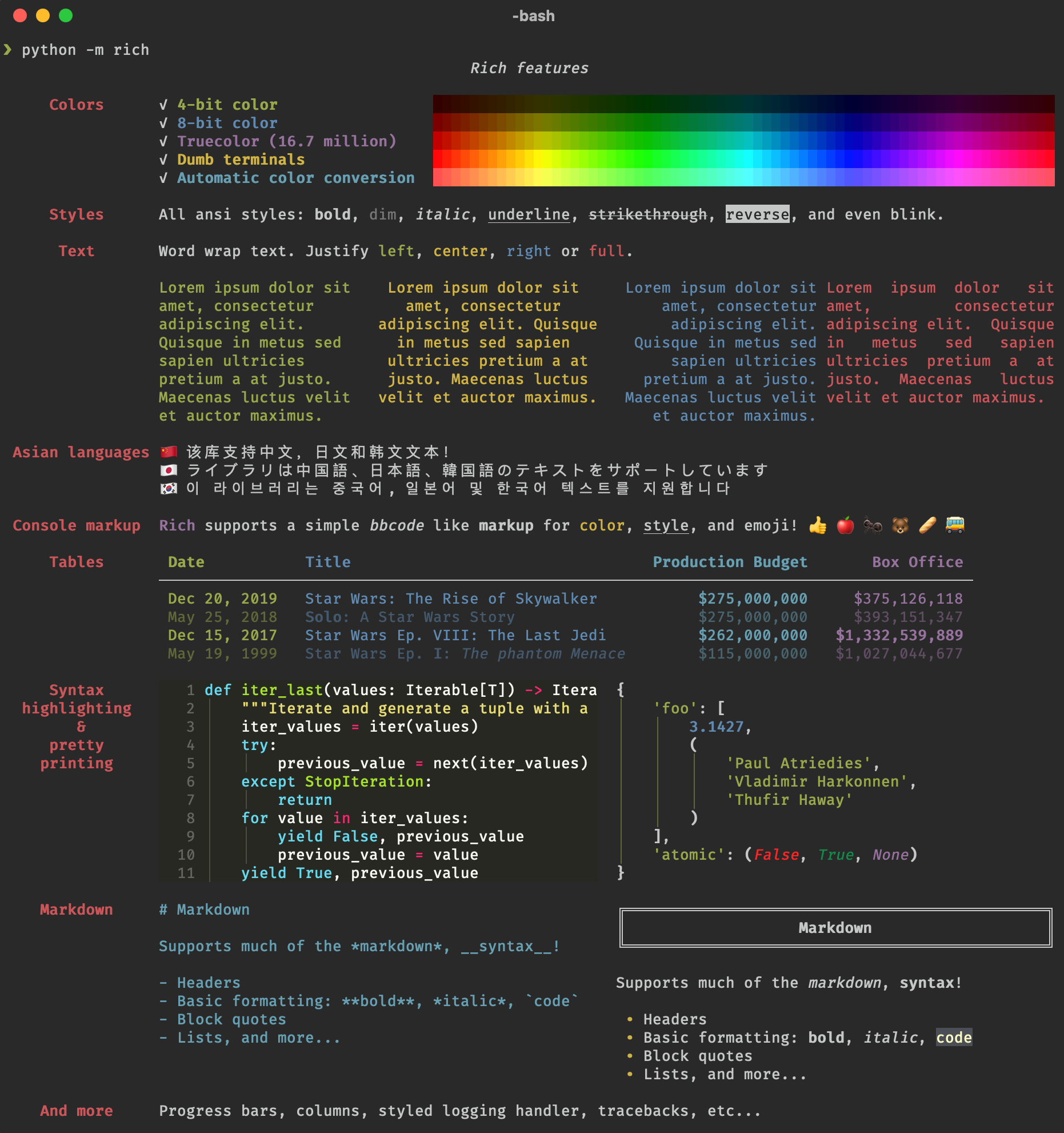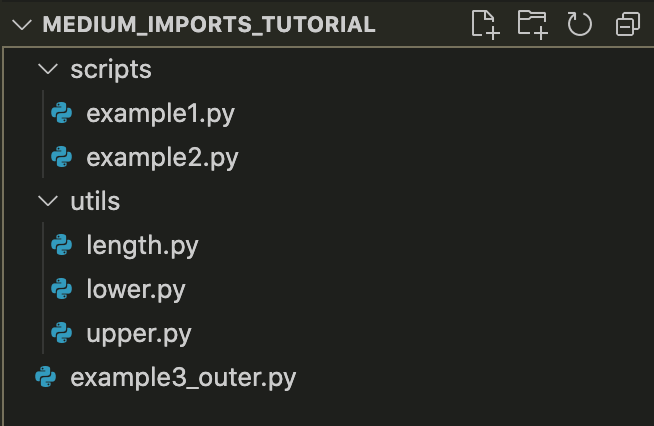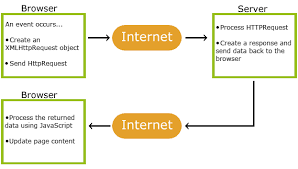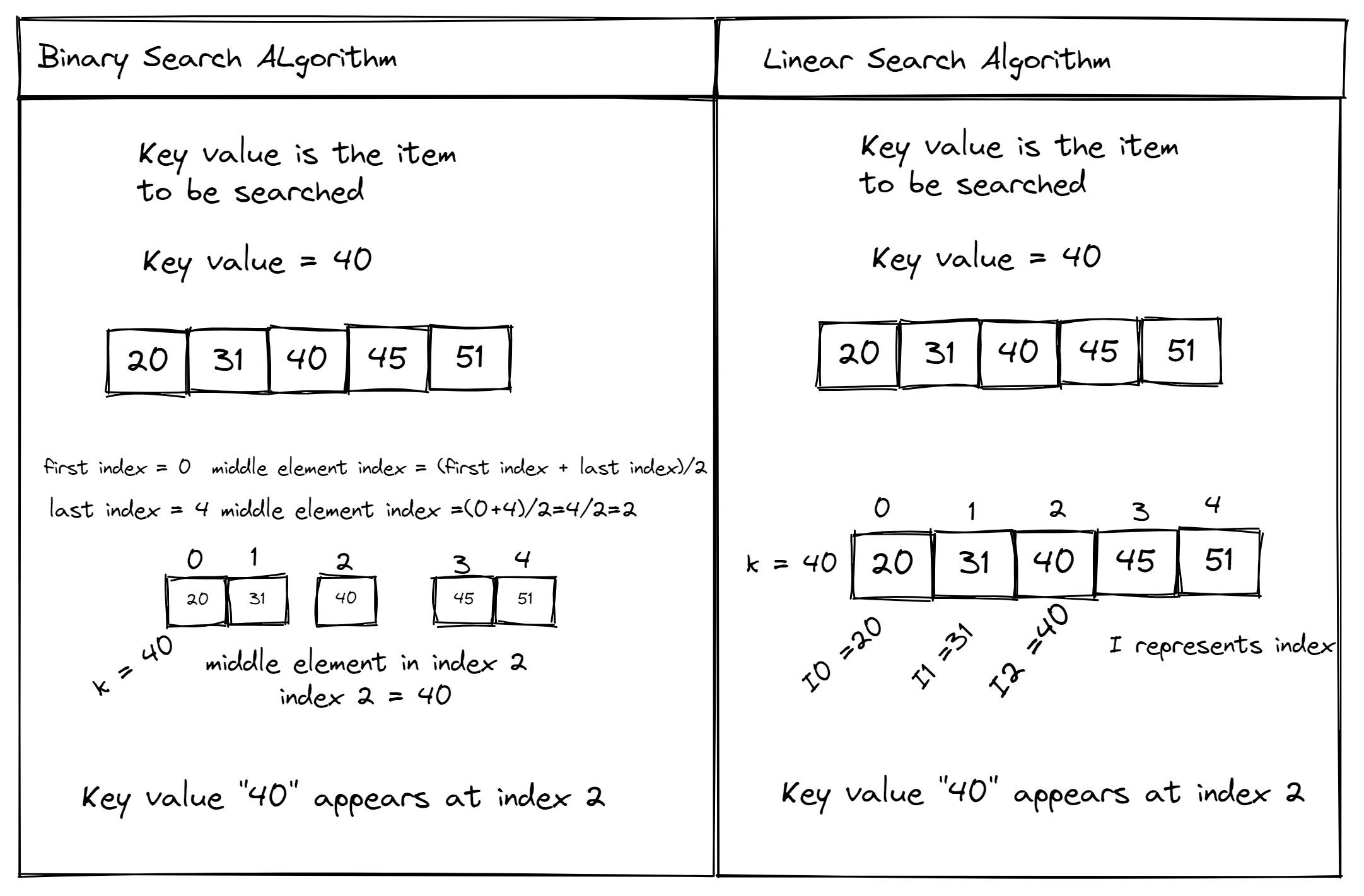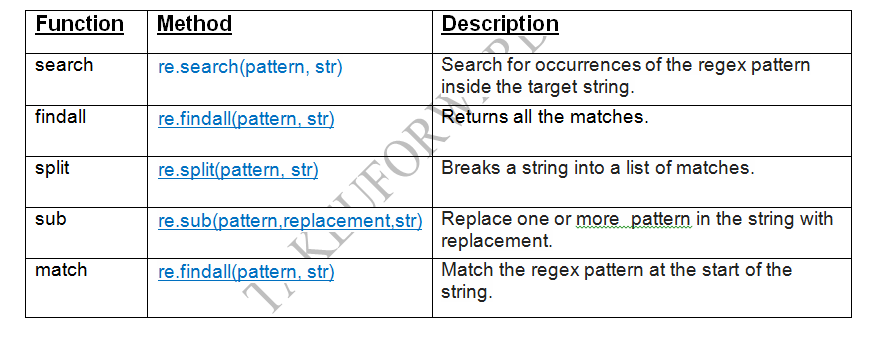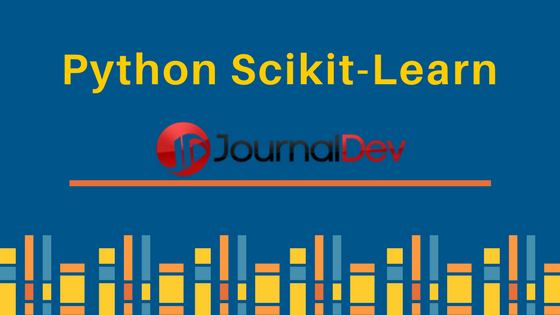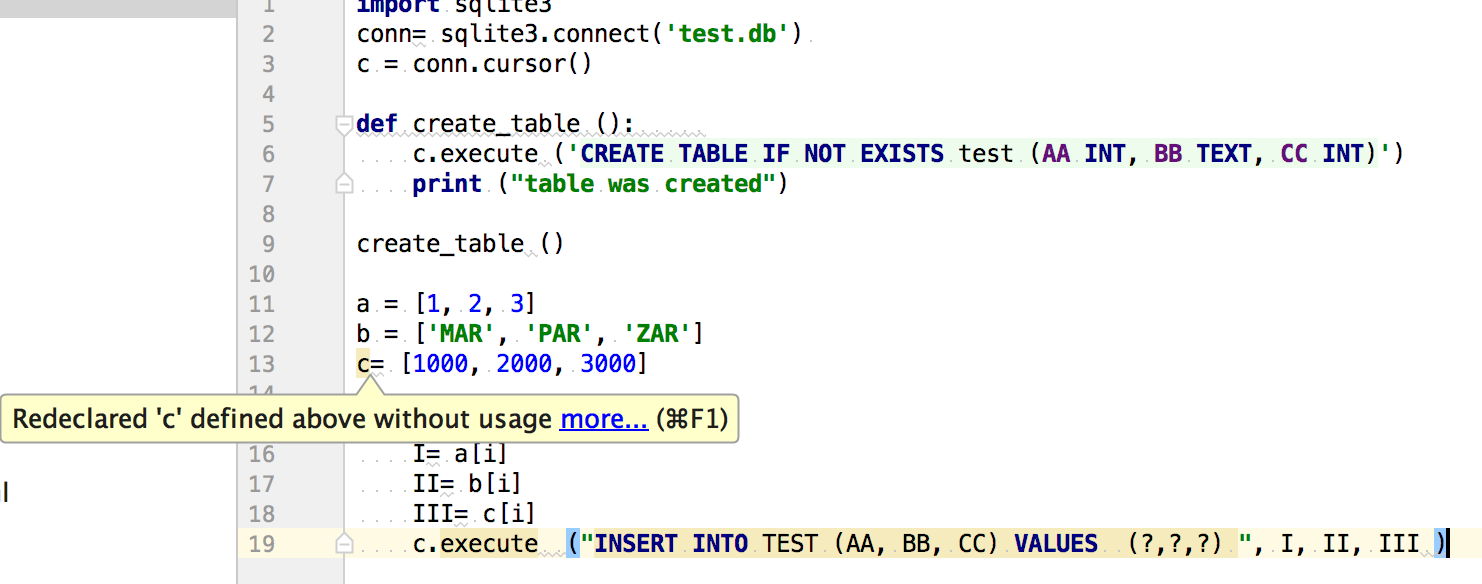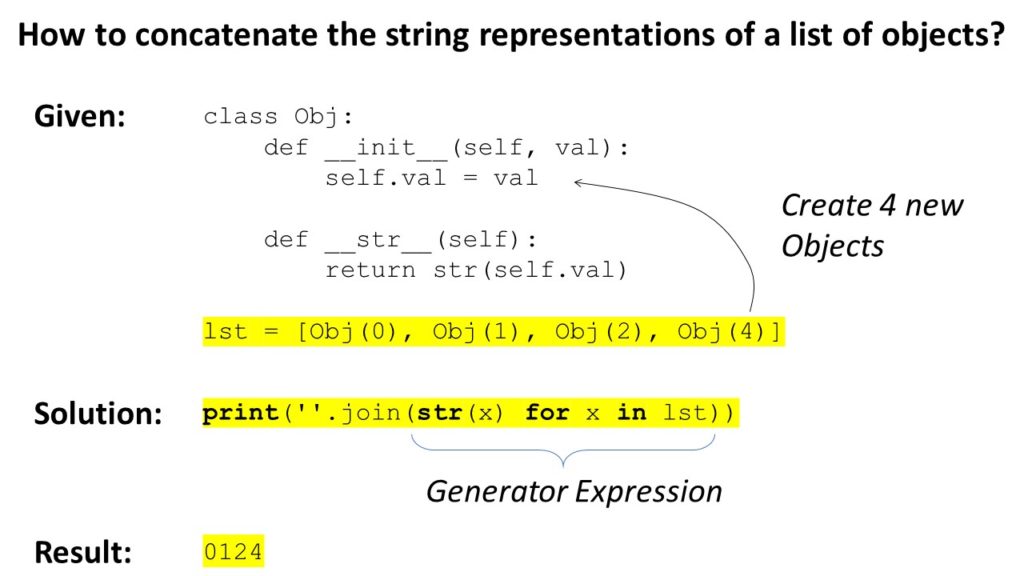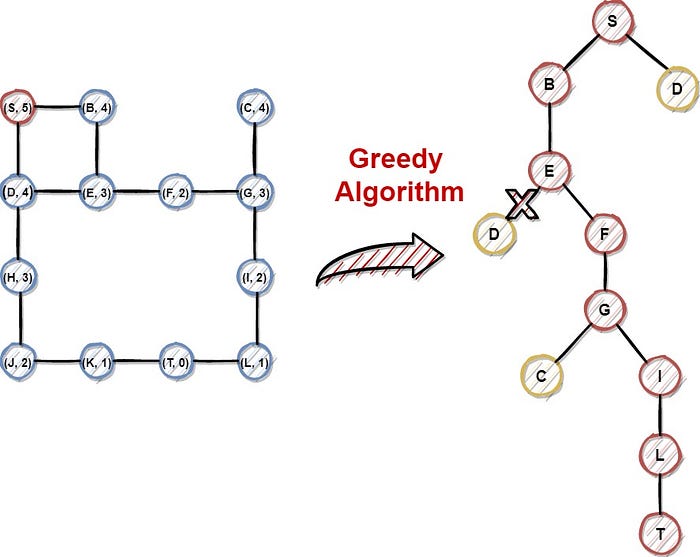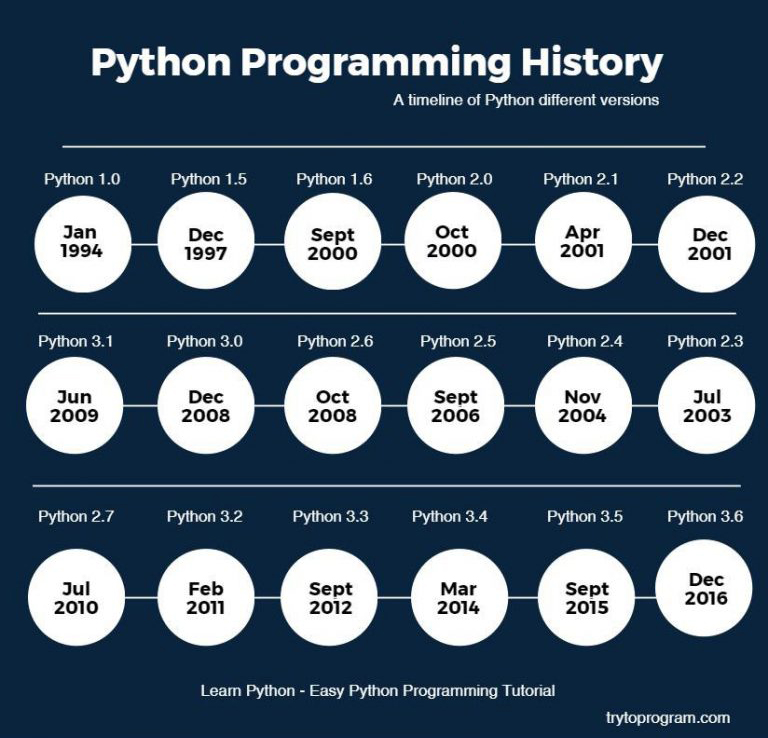How to use __del__ in Python?
How to use __del__ in Python?
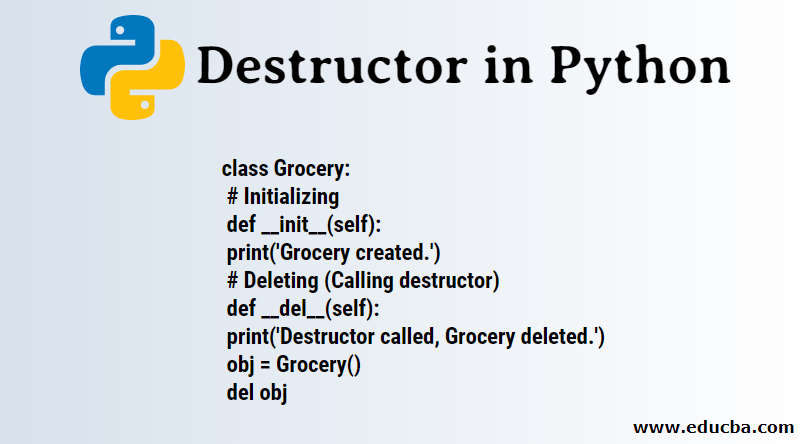
The elusive del!
In Python, the __del__ method is a special method that gets called when an object is about to be garbage collected or explicitly deleted using the del statement. It's a way for your objects to perform any necessary cleanup before they're completely gone.
Here are some essential facts to know:
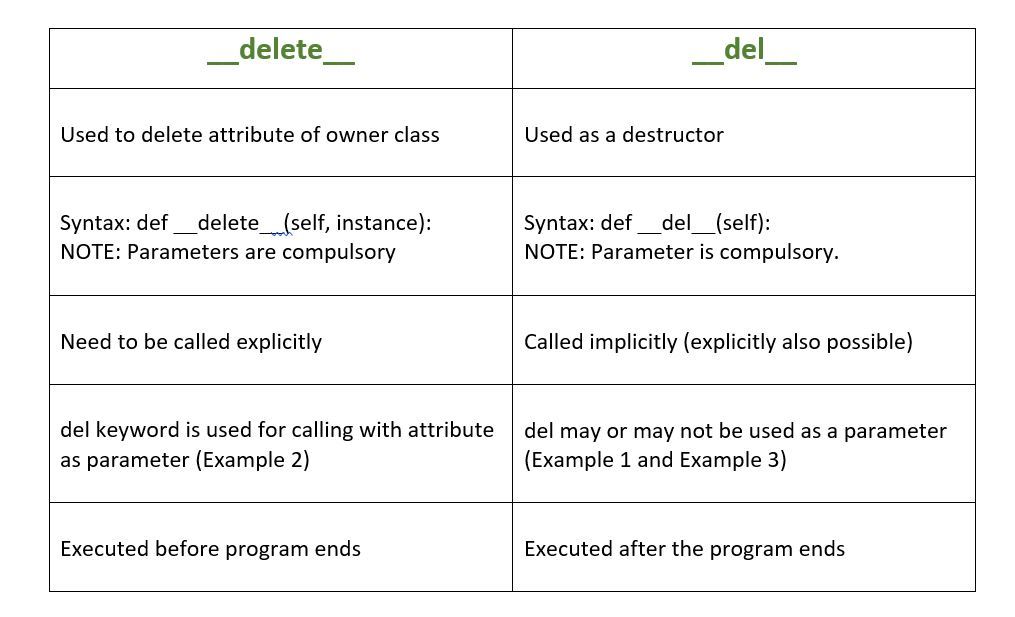
del.
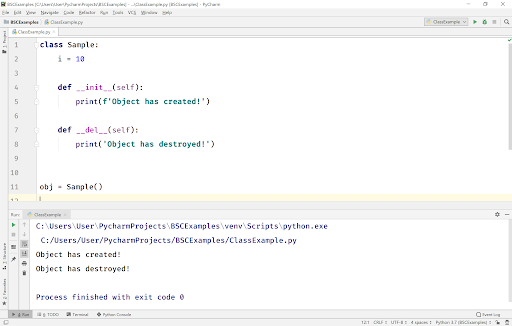
Now, let's see some examples!
Example 1: Deleting a list of objectsSuppose we have a custom class Person with an instance variable name. When you delete a Person, we want to print out a message saying "Bye, [name]!"
class Person:
def init(self, name):
self.name = name
def del(self):
print(f"Bye, {self.name}!")
p1 = Person("John")
p2 = Person("Mary")
del p1 # Bye, John!
Let's create a FileHandler class that opens a file and keeps it open until the object is deleted. When you delete the FileHandler, we want to close the file.
class FileHandler:
def init(self, filename):
self.filename = filename
self.filehandle = open(filename, "r")
def del(self):
if hasattr(self, 'filehandle'):
self.filehandle.close()
fh = FileHandler("example.txt")
... use the file handler ...
del fh # Close the file!
__init__ or other methods). This method is meant for specific, one-time cleanup actions only.
That's it! The __del__ method is a powerful tool for managing resources and performing final cleanup tasks. Just remember to use it responsibly!
Now, go forth and delete those objects (carefully, of course!)
python async context manager

Here's a comprehensive guide to using Python async context managers:
What is an Async Context Manager?
In traditional synchronous programming, context managers are used to ensure that resources such as files or connections are properly opened and closed. With the advent of asyncio in Python, we need a similar mechanism to handle asynchronous resources, which led to the development of async context managers.
An async context manager is essentially an object that defines how to enter and exit an asynchronous context, which ensures that any necessary setup and cleanup operations are performed correctly. This mechanism is crucial when working with I/O-bound tasks, network connections, or other resources that require specific initialization and termination procedures.

How Do Async Context Managers Work?
To use an async context manager in Python, you need to define a class that adheres to the following protocol:

__enter__ method, which is called when entering the asynchronous context. The class must implement the __exit__ method, which is called when exiting the asynchronous context.
Here's a simple example of an async context manager that simulates a database connection:
import asyncio
class DatabaseConnection:
def init(self):
self.connected = False
async def enter(self):
if not self.connected:
await print("Connecting to database...")
self.connected = True
return self
async def exit(self, exc_type, exc_val, tb):
if self.connected:
await print("Disconnecting from database...")
self.connected = False
async def test_connection():
db_conn = DatabaseConnection()
try:
async with db_conn as conn:
Use the database connection
await print("Connected!")
except Exception as e:
await print(f"Error occurred: {e}")
In this example, DatabaseConnection is an async context manager that simulates a database connection. When entering the asynchronous context (async with db_conn as conn:), it checks if the connection is established and prints a message accordingly. When exiting the context, it disconnects from the simulated database.
Benefits of Using Async Context Managers
Improved Code Readability: Async context managers make your code more readable by encapsulating complex asynchronous setup and cleanup logic in a single place. Better Error Handling: By using async context managers, you can ensure that resources are properly cleaned up even when an exception occurs during execution. Simplified Asynchronous Programming: Async context managers simplify the process of writing asynchronous code by providing a clear mechanism for handling resource initialization and termination.Conclusion
In conclusion, Python's async context managers provide a powerful toolset for handling complex asynchronous operations in Python. By defining classes that adhere to the __enter__ and __exit__ protocols, you can create robust and reusable async context managers that simplify your code and ensure proper cleanup of resources even in the face of exceptions.
